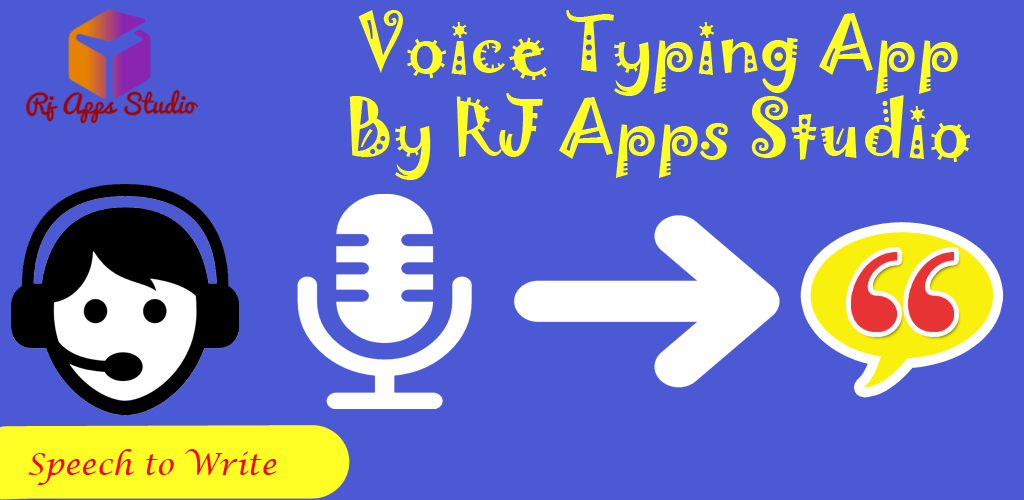

Using speech recognition to convert audio and video into accurate text enables business processes to run smoother and more efficiently while also making it more accessible.
Speech to text to speech professional#
Partnering with a service like Verbit that uses professional humans and automated technology ensures that the highest accuracy level is achieved. For businesses looking to create professional transcripts, it is imperative that speech to text is as accurate as possible in order to expedite and not detract from the workflow. For example, “pounds’ can be a reference to either weight or currency. Context is also critical because there are so many nuances and ambiguities that need to be accounted for in language. When saying numbers out loud, one might use ‘oh’ instead of ‘zero’ or use double/triple digits such as ‘triple three’. Telephone numbers are a prime example of when inaccuracies can occur. Google reports that 27% of the online global population is using voice search on mobile, but how many of these automated speech to text tools are truly accurate? While useful and fun to use, Siri and Google Assistant do not always convert speech to text exactly as intended. Why does accuracy matter?Īutomatic speech 2 text tools (without human intelligence) are not enough to provide equity since they lack accuracy. Verbit’s accurate speech to text solutions are being used by businesses globally to make their content accessible and their work rhythms more efficient. In 2021, Verbit earned a place on TechRadar’s list of “Best Speech-to-Text Services for its live transcription and captioning solutions for the corporate world. In order to reach high levels of accuracy, it is advisable to use a partner like Verbit. This is particularly important for individuals with disabilities who rely on speech to text tools in the work environment. Greater accuracy translates to a strong performance by the speech to text provider. In this case, accuracy refers to the correct amount of predictions made by a various speech model or human assisting. Partnering with a company like Verbit that uses its in-house AI with additional layers of human editing to provide highly accurate results is the best bet. It can be tedious and time-consuming to convert text manually and many automatic solutions will leave you with errors, which won’t provide a professional feel or access for people with disabilities. How can I convert speech to text?Ĭonverting speech into text can be done manually or with the automatic, built-in solutions to the devices and platforms you’re using. It’s often used as the basis for captioning and transcription solutions. It uses knowledge of linguistics, computer science and electrical engineering to produce the text. ASR is the technology that transforms speech, or an audio signal, into text. Speech to text is powered by Automatic Speech Recognition (ASR) technology. Every time you are using Siri or watching videos with captions, you’re likely witnessing speech 2 text in action. It works by “translating” speech into word-for-word written out formats. Speech to text is applied to generate transcripts, captions or other written text that businesses today need. It enables the recognition and translation of spoken language into text through computational linguistics. Speech to text is essentially speech recognition software, often based on Artificial Intelligence. For both content and workplaces to be inclusive to individuals with disabilities, such as those who are Deaf or have hearing loss, using speech to text technology can be the make or break. It is designed to get smarter with each use so that it can take over tasks that humans have traditionally performed. Speech to text technology increases workplace inclusion and helps everyone complete tasks more efficiently.


Speech to text is being applied quickly and efficiently to compose emails, provide helpful notes in the form of transcripts from meetings and events and also to provide accessibility.

Speech to text to speech software#
Powered by AI, speech to text software is being used for hands-free note taking, live captioning, providing improved customer service and much more.


 0 kommentar(er)
0 kommentar(er)
